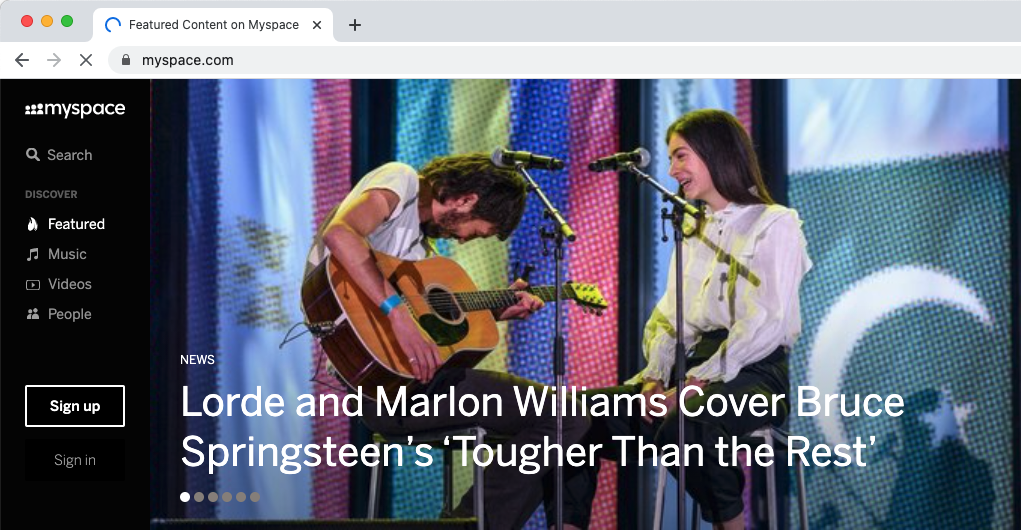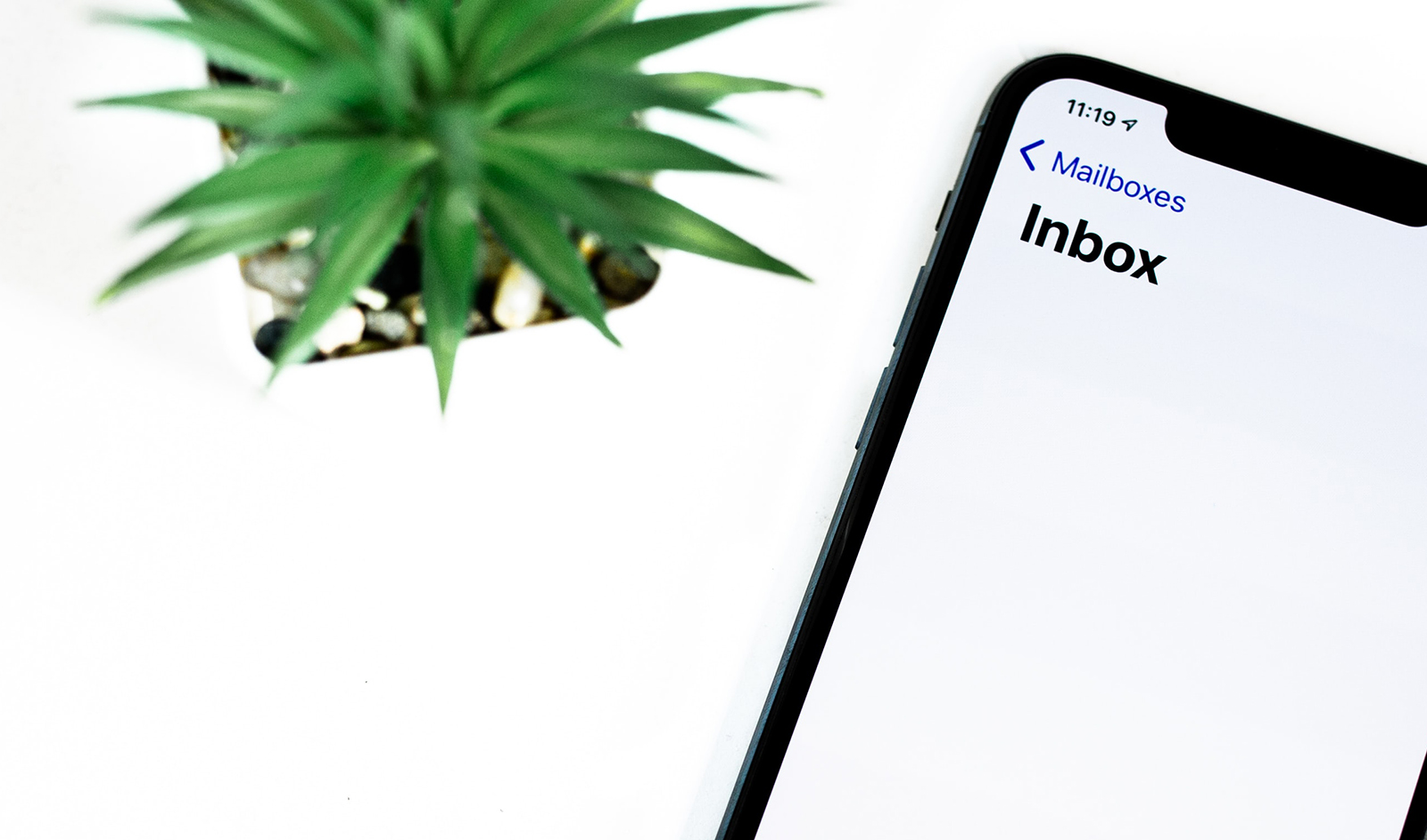What is an audience?
Imagine you own a business that sells wigs. You offer wigs specially designed for punk rockers, chemotherapy patients, different ethnic groups, trick-or-treaters, balding men, and so on.
Your market has myriad wig-buying motivations and needs. You can’t possibly reach and appeal to all of them at the same time.
But… you discover that some of your punk rock wig-wearers use Twitter to share their love of all things Ramones, Sex Pistols, and Dead Kennedys.
This combination of market niche (wig-wearing punk rockers) and channel (Twitter) is what marketers call an audience.

Social media is a great way to reach audiences!
Your wigs business could reach its punk-rock audience on Twitter or other social media platforms by:
- Following them and writing engaging and relevant content. Eventually they’ll start to follow you back. This is how you build up an audience organically. It only costs you your time.
- Running paid ads that specifically target punk-rock fans.
- Paying to sponsor a popular social media user (aka: influencer) in return for them writing and posting photos and videos about your wigs.
- Giving an influencer some of your wigs to try or keep and asking them to post about their experience. This is a trade.

Renting an audience can be risky.
In the examples I provided above, you’re relying on a social media platform to share your content with other users. If they don’t provide exposure for your content, you won’t have any access to that audience.
The audience belongs to the social media platform. The same is true if you rely on an influencer to promote your content, even if they’re promoting it outside of social media; the audience belongs to them. You’re just renting it.
And when you rent an audience, you’re dependent on the owner to continue giving you access to that audience. This can be problematic if you invest time and money into building a rented audience and discover you lose access to it over time.
This happened to businesses that built up followers on Facebook. They’ve since discovered that their posts get seen by very few of their followers unless they pay to promote them. And it’s certainly true of anyone who built up a following on MySpace, because the entire platform began to fade away.
So while you use social media to get your message out, you also want to be building up an audience that you own, not just rent.

How to own your own audience:
So how can you reach people without needing to rely on fickle platforms such as social media? Here are three ways:
- Get subscribers to your mailing list.
- Build a direct mail list.
- Create communities that are independent of the platform you use to manage them.
By the way, building your own audience does not preclude you from reaching those people through other channels. For example, you can upload lists of your customers and people who interacted with you through offline channels (e.g., visited your store, called your office) into the Facebook and Instagram advertising platform. Then you can serve ads to that audience.





